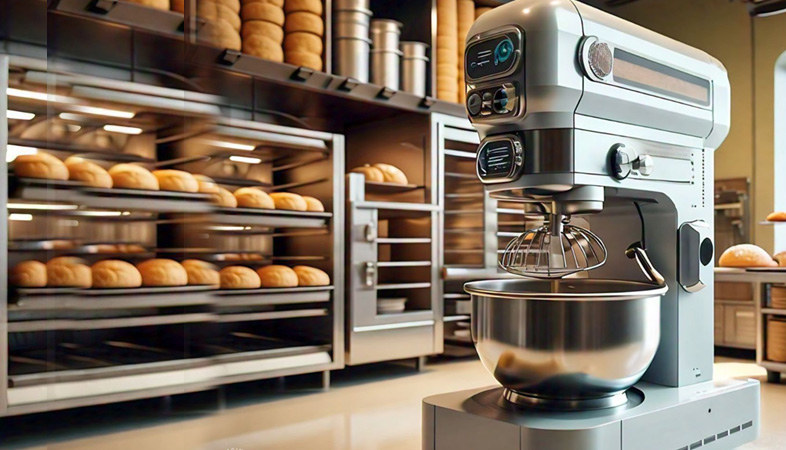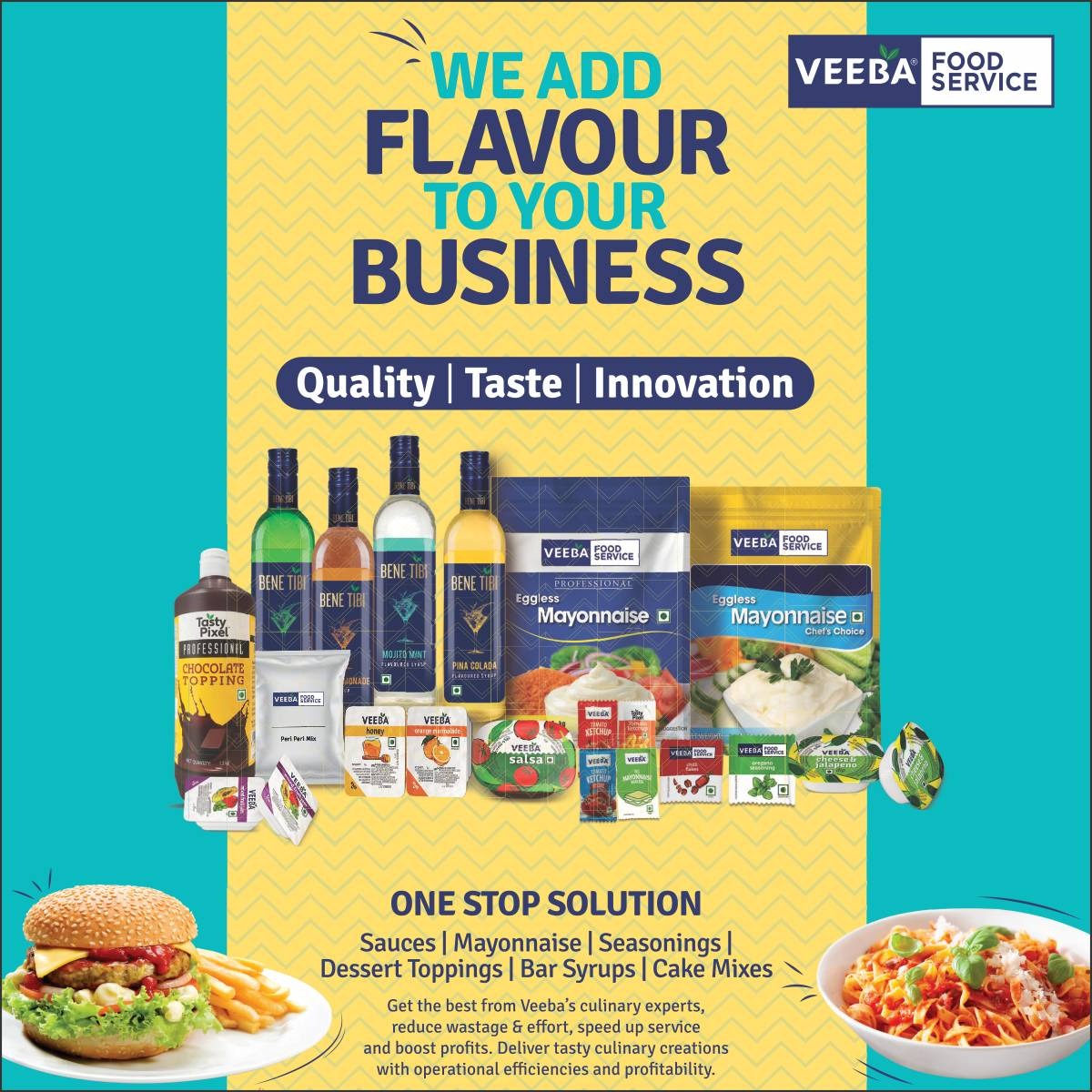Food as Art: Turning Catered Dishes Into Visual Masterpieces
Transforming catered dishes into visual masterpieces elevates the dining experience, creating memorable moments for guests.
In the realm of culinary arts, the phrase "you eat with
your eyes first" has never been more relevant. The aesthetic presentation
of food has become a focal point in the catering industry, where dishes are not
only meant to delight the palate but also to captivate the visual senses.
Transforming catered dishes into visual masterpieces elevates the dining
experience, creating memorable moments for guests. This approach requires
creativity, attention to detail, and an understanding of the principles of
design, ultimately redefining how we perceive and enjoy food.
The foundation of turning food into art lies in the careful selection of ingredients. Chefs and caterers are increasingly drawn to vibrant, seasonal produce that offers not only exquisite flavors but also striking colors and textures. Incorporating a variety of elements, such as fresh herbs, edible flowers, and microgreens, can significantly enhance the visual appeal of a dish. For instance, a salad featuring heirloom tomatoes in an array of colors, combined with creamy burrata and drizzled with a rich balsamic reduction, creates a stunning display that invites guests to dig in. By choosing high-quality ingredients that are visually appealing, caterers can set the stage for extraordinary presentations.
Beyond ingredient selection, the arrangement of food plays a pivotal role in creating visual masterpieces. Plating techniques can transform a simple dish into an artistic creation. Chefs often experiment with different plating styles, such as stacking, layering, or using negative space to draw attention to the focal points of a dish. For example, a deconstructed dessert might feature a smear of chocolate sauce, accompanied by strategically placed dollops of whipped cream and a delicate sprinkle of crushed nuts. This artistic approach not only showcases the chef's creativity but also encourages guests to appreciate the craftsmanship that goes into each dish.
Color harmony is another essential element in creating visually stunning food presentations. The combination of colors can evoke emotions and set the tone for the dining experience. A well-balanced plate often features a mix of complementary colors, such as the warm hues of roasted vegetables paired with the cool greens of a fresh salad. This balance not only enhances the dish’s visual appeal but also creates a sense of cohesion in the overall presentation. By thoughtfully considering color combinations, caterers can evoke a specific mood and create a feast for the eyes.
Texture also plays a critical role in the visual presentation of food. Incorporating a variety of textures adds depth and intrigue to a dish, making it more visually appealing. For instance, a dish might include crispy elements, such as fried shallots or toasted nuts, alongside creamy sauces or soft vegetables. This interplay of textures not only enhances the eating experience but also invites guests to explore the dish with their eyes before taking the first bite. By focusing on textural contrast, caterers can create dynamic presentations that engage and excite the senses.
Incorporating artistic garnishes is another way to elevate the visual impact of catered dishes. Thoughtfully chosen garnishes, such as herb sprigs, edible flowers, or citrus zests, can transform a dish from ordinary to extraordinary. These finishing touches add a pop of color and elegance, enhancing the overall aesthetic. For example, a beautifully plated seafood dish adorned with microgreens and a citrus foam not only looks exquisite but also signifies the care and creativity that went into its preparation. By mastering the art of garnishing, caterers can elevate their dishes and leave a lasting impression on guests.
Moreover, the use of serving ware and presentation techniques significantly influences how food is perceived. Unique serving dishes, such as slate platters, wooden boards, or elegant glassware, can enhance the overall presentation and add an element of surprise. For example, serving individual appetizers in miniature jars or on skewers creates a fun and interactive experience for guests. The choice of serving ware should complement the style of the food and the theme of the event, contributing to the overall visual narrative.
Food as art transforms catered dishes into visual masterpieces that captivate and engage guests. By focusing on ingredient selection, plating techniques, color harmony, texture, garnishes, and presentation, caterers can create stunning displays that enhance the dining experience. This approach not only elevates the perception of food but also fosters a deeper appreciation for the culinary arts. As the catering industry continues to embrace creativity and innovation, the art of food presentation will undoubtedly remain a central theme, inviting everyone to savor not just the flavors but also the beauty of each dish.
.png)






















 at Zepto.jpeg)






